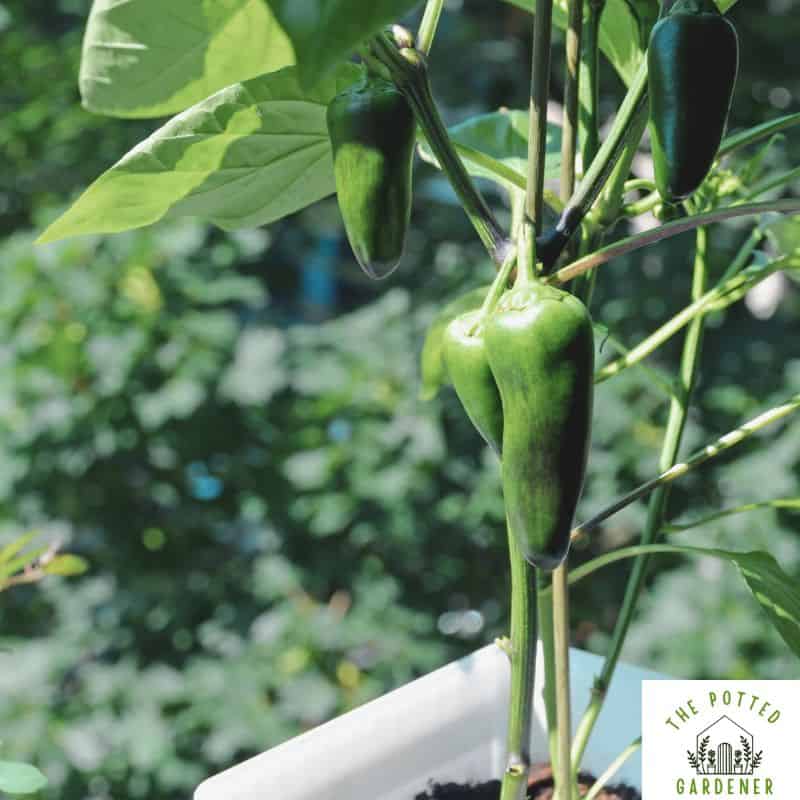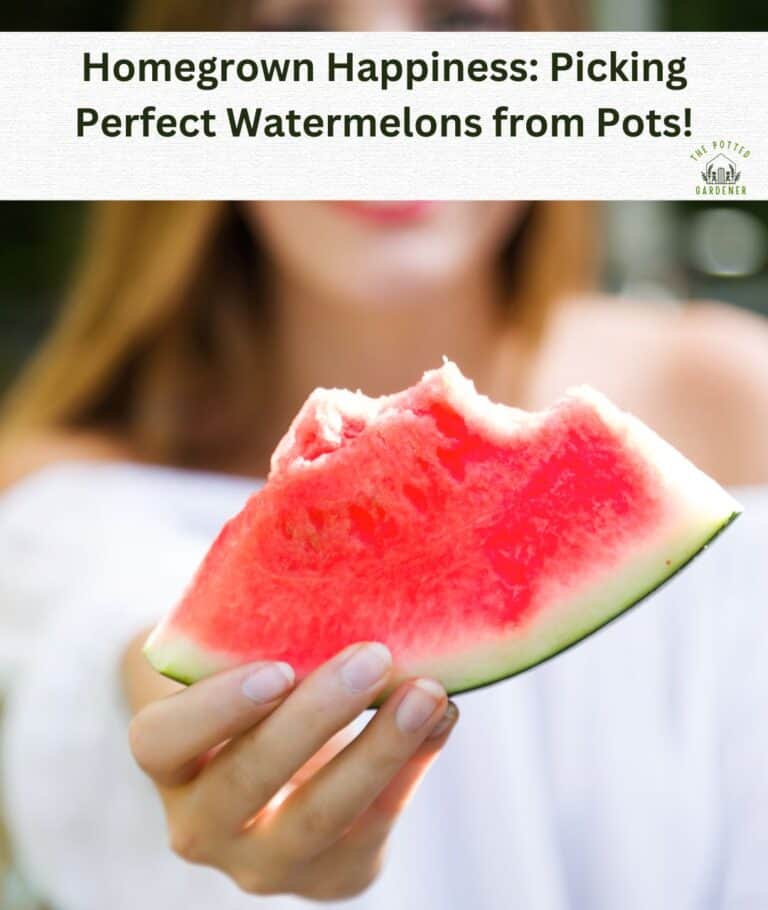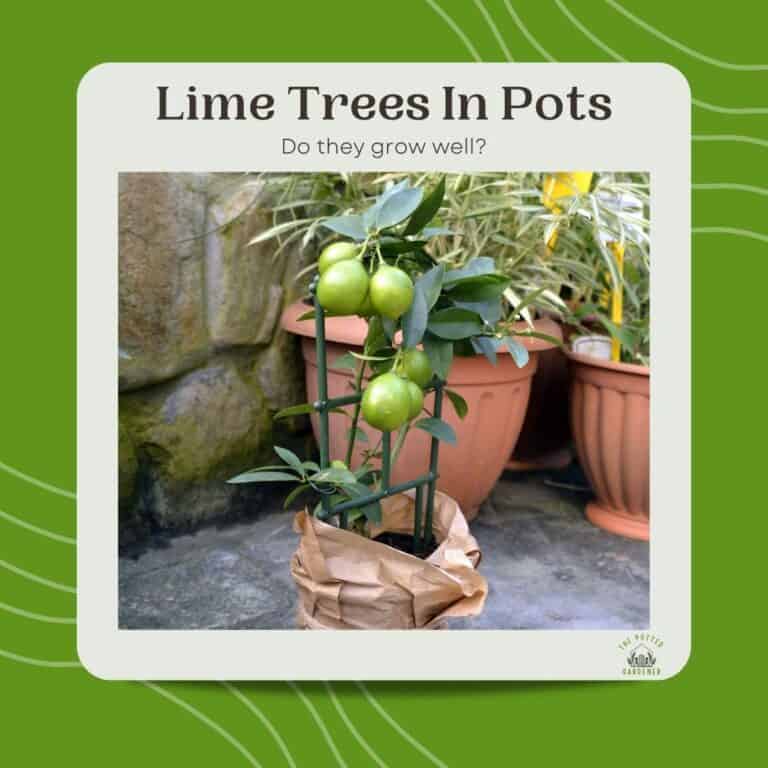If you’re looking to grow jalapeno peppers, but don’t have the space for a full garden, growing them in pots is a great option. Not only does this allow you to grow them indoors or on a balcony, but it also makes it easier to care for them. However, knowing how to care for jalapeno plants in pots requires a bit of extra attention to ensure they thrive.
When it comes to growing jalapenos in pots, there are a few key things to keep in mind. First, you’ll need to choose the right pot and soil. Jalapenos do best in pots that are at least 12 inches in diameter and 12 inches deep, with good drainage. You’ll also want to use a loamy, sandy soil mixture with plenty of organic matter, such as compost. Additionally, jalapenos require plenty of sunlight and warmth, so make sure to place your pots in a sunny spot and keep them at a consistent temperature.
We are going to go through a step-by-step guide that covers the best way to grow jalapeno plants in the right growing conditions so you can get the best results, even with limited space.
How To Grow Jalapeños
This guide will provide you with all the essential information you need to successfully cultivate flavorful and spicy peppers right in the comfort of your own home.
We’ll cover everything from selecting the right container and soil to providing optimal lighting and watering conditions. By following these guidelines and infusing your gardening adventure with a dash of patience and love, you’ll soon be enjoying a bountiful harvest of homegrown jalapeños that will add a zesty kick to your favorite dishes.
First, do jalapenos grow well in pots?
Yes, jalapeño plants can thrive and grow well in pots. In fact, growing jalapeños in containers offer several advantages. Pots allow for greater control over the growing environment, making it easier to maintain the ideal conditions for your plants.
Of course, I am a huge advocate of the benefits of container gardening, I think it’s a great way to grow your own produce, but honestly, I am a fan of potted plants period!
Okay on to the guide!

Choosing the Right Pot And Soil For Jalapeno Plants
When it comes to growing jalapeno plants in pots, choosing the right pot is one of the first steps for their growth and health. Jalapeno plants in pots can grow up to 2 to 3 feet on average.
Small pots or larger pot? Here’s the truth about the pot size you need.
Jalapeno plants require a pot that is at least 12 inches in diameter and 12 inches deep. This is about a 4 to 5-gallon container. This will give the plant enough room to grow and develop a healthy root system.
While you can plant two jalapeno plants in a container, it’s probably not the best option because the plants will compete for space and nutrients in the pot.
When selecting a container for your jalapeno plants, choose one with drainage holes at the bottom. This will allow excess water to drain out and prevent root rot. Terracotta pots and fabric grow bags are good options for jalapeno plants.
Fabric grow bags are made of a porous material that allows excess water to drain away. They are also lightweight and easy to move, which is helpful if you need to relocate your plants.

I’ve talked a lot about the best soil for peppers in pots, but the main thing to remember is the potting mix you choose should be well-draining and lightweight. A mix of peat moss, perlite, and vermiculite is a good option for jalapeno plants.
Jalapeno pepper plants prefer a loamy, sandy mixture with lots of organic matter. To achieve this, mix some compost into your potting mix.
A sandy mixture will help with drainage and prevent water from sitting in the soil, which can lead to root rot. Mix sand into your potting mix to achieve a sandy mixture.
Growing Jalapenos From Seeds
If you want to grow jalapeno plants in pots, the first step is to plant the seeds. Here are some tips for planting jalapeno seeds:
Germinating Jalapeno Seeds
To germinate jalapeno seeds, follow these steps:
- Fill a seed tray with seed-starting mix. Make sure the mix is moist but not waterlogged.
- Place the seeds on top of the mix, spacing them about an inch apart. Cover the seeds with a thin layer of seed-starting mix.
- Cover the tray with plastic wrap or a clear lid to create a greenhouse effect. This will help keep the soil moist and warm.
- Place the tray in a warm, bright location, such as near a sunny window or under a grow light. The ideal temperature for germinating jalapeno seeds is between 70 and 80 degrees Fahrenheit.
- Check the tray daily and mist the soil with water if it starts to dry out. Be careful not to overwater, as this can cause the seeds to rot.
- After about 7 to 10 days, you should see sprouts emerging from the soil. Once the sprouts appear, remove the plastic wrap or lid and move the tray to a sunny location.
Once the seeds have sprouted, you can transplant them into individual pots. Make sure the pots have drainage holes and are filled with well-draining potting mix. Water the plants regularly, but be careful not to overwater. In general, jalapeno plants need about an inch of water per week.
Timing is also important when planting jalapeno seeds. Ideally speaking of the best time, you should start the seeds indoors about 6 to 8 weeks before the last frost date in your area. This will give the plants enough time to grow and mature before being transplanted outdoors.

Caring for Jalapeno Plants
Now that you’ve transitioned your pepper plants from seed trays, let’s talk about how to care for jalapeno plants in pots. After all, you want to see this through from jalapeno seedlings to fruit production right?
Watering
How often do you water jalapeno plants in pots? It’s not that they just need lots of water, it’s the fact that they need to be watered regularly. During the spring and fall, they may need to be watered every 2-3 days. But during those hot summer days, they may need to be watered daily.
Watering your jalapeno plants is essential to their growth. Make sure to water your plants deeply and consistently, but do not overwater them. Overwatering can lead to root rot and other problems like bacterial infections.
Jalapeno fertilizer requirements.
You don’t need fertilizer, especially if you planted them in well drained soil. If you choose to fertilize your jalapeno plants, it is important to use a balanced fertilizer. You should fertilize your jalapeno plants roughly once a month (every 2-4 weeks) during the growing season. A slow-release fertilizer is good for a steady release of nutrients and prevents nutrient burn.
Use a fertilizer that is high in nitrogen, phosphorus, and potassium. You can also use organic fertilizers, such as compost or manure.
Light
Jalapeno plants require plenty of light to grow and produce peppers. They need full sun, at least 6-8 hours of direct sunlight each day. If you don’t have a sunny spot in your home, you can use a grow light to provide your plants with the necessary light. A south-facing window is the best option, as it will receive the most sunlight. Make sure you are rotating the plant so all sides get the sun.
Transplanting Jalapeno Plants
If your jalapeno plants outgrow their pots, you will need to transplant them to a larger container. Choose a pot that is at least 1 size larger than the current pot and has good drainage. Fill the pot with a well-draining potting mix that is rich in nutrients. Carefully remove the plant from its current pot and place it in the new pot. Water the plant thoroughly and place it in a sunny spot.
If you can, transplant the plant in the early morning or evening when the weather is cool. If the plant is rootbound, gently loosen the roots before transplanting.

Common Issues and Pests
Growing jalapenos in pots can be a fun and rewarding experience, but it’s important to be aware of common issues and pests that can arise. Here are some of the most common problems you may encounter and how to prevent and treat them.
Preventing and Treating Jalapeno Plant Pests
One of the most common pests that can affect jalapeno plants is aphids. These tiny insects can quickly multiply and cause damage to your plants by sucking the sap from their leaves. To prevent aphids, you can use neem oil, which is a natural insecticide that repels aphids and other pests.
Simply mix a few drops of neem oil with water and spray it on your plants.
Another pest that can affect your jalapeno plants is spider mites. These tiny pests can cause damage to your plants by sucking the sap from their leaves. To prevent spider mites, you can use a mixture of water and dish soap. Simply mix a few drops of dish soap with water and spray it on your plants.
Fungal Diseases and Prevention
Fungal diseases can also be a problem for jalapeno plants. One of the most common fungal diseases is powdery mildew, which appears as a white powdery substance on the leaves of your plants. To prevent powdery mildew, make sure your plants are not overcrowded and have good air circulation. You can also use a fungicide to treat powdery mildew if it does occur.
Another fungal disease that can affect your jalapeno plants is root rot. This disease is caused by overwatering and can be prevented by making sure your plants are not sitting in water and have good drainage. If you notice your plants are showing signs of root rot, you may need to repot them in fresh soil and cut away any affected roots.
Harvesting Jalapeno Peppers
Once your jalapeno peppers have reached maturity, it’s time to harvest them! Jalapenos can be harvested when they are green or when they have turned red, depending on your preference.
To determine if a jalapeno is ready to be harvested, look for a firm and solid-colored fruit. Avoid peppers that have started to turn color or have soft spots. It’s best to harvest jalapenos regularly to encourage the plant to continue producing fruit.
When harvesting jalapenos, try to avoid twisting or tearing the fruit from the stem. A properly ripe pepper should come off easily with a gentle tug. If you’re having trouble, use a sharp pair of scissors or pruning shears to cut the pepper off at the stem.
It’s important to handle jalapenos with care, as they contain capsaicin which can cause skin irritation and burning sensations. Wear gloves when harvesting and handling jalapenos to protect your skin.
In terms of yields, a single jalapeno plant can produce dozens of peppers throughout the growing season. Harvesting regularly can help ensure a steady supply of fresh jalapenos for your recipes.
How many times will a jalapeno plant produce?
A healthy jalapeno plant can produce peppers for several months, typically from mid-summer to fall or the first frost depending on the zone of your location. On average, a single jalapeno plant can yield approximately 50 peppers throughout the year. However, if provided with an extended growing season, the harvest can surpass 100 peppers per plant.
Using Jalapeno Peppers
Jalapeno peppers are a versatile ingredient that can be used in a variety of dishes. They are commonly used to make salsa, sauces, and nachos. Their unique flavor and heat make them a great addition for those who enjoy spicy food.
When using jalapeno peppers, it is important to handle them with care. They belong to the nightshade family, which also includes tomatoes, potatoes, and eggplant. These plants contain a toxic substance called solanine, which can cause gastrointestinal distress if ingested in large amounts. However, the amount of solanine in jalapeno peppers is generally considered to be too low to cause harm.
Jalapeno peppers range in heat from mild to hot, with a rating of 2,500 to 8,000 on the Scoville scale. The heat of a jalapeno pepper can vary depending on a variety of factors, including the growing conditions and the maturity of the pepper. To reduce the heat of a jalapeno pepper, remove the seeds and membranes before using it in your dish.
Jalapeno peppers can be used fresh or cooked. When using fresh jalapeno peppers, be sure to wash them thoroughly and remove the stem. You can also roast or grill jalapeno peppers to give them a smoky flavor. When using cooked jalapeno peppers, be sure to add them towards the end of the cooking process to prevent them from becoming too soft.

Tips and Tricks For Growing Jalapenos Indoors
Start with healthy seeds. Jalapeno seeds can be purchased from most garden centers, home stores like Home Depot, or online. When choosing seeds, look for seeds that are plump and free of blemishes.
Sow the seeds indoors 6-8 weeks before the last frost date in your area. Fill a seed tray with a well-draining potting mix and sow the seeds 1/4 inch deep. Keep the soil moist and warm until the seeds germinate, which can take 7-10 days.
Once the seedlings have emerged, thin them to 2-3 inches apart. Transplant the seedlings into individual pots when they are 4-6 inches tall.
Jalapeno plants require moist soil, but too much water can lead to root rot and fungal diseases. The frequency and amount of water required depend on the pot’s size, soil type, and environmental conditions. Water your plants slowly and deeply without wetting the foliage as it may cause fungal infection. Consider using a watering can or a drip irrigation system to ensure that your plants get the right amount of water.
Mulching your plants can help retain moisture in the soil, prevent weeds from growing, and regulate soil temperature. Consider using organic mulch such as leaves, straw, or grass clippings. Apply a layer of mulch around the base of your plants, being careful not to cover the stems or leaves.
Jalapeno plants require at least 6 hours of direct sunlight each day. If you’re growing your plants indoors, consider using grow lights to provide the necessary light. The optimal temperature range for jalapeno plants is between 60°F (15°C) and 90°F (32°C). Keep your plants in an environment that is within this temperature range to ensure optimal growth.
Do jalapenos grow better in pots or in the ground? Jalapenos can grow well in both pots and the ground.
If you are looking for a delicious and easy-to-grow pepper to add to your container garden, I encourage you to try growing jalapenos. With proper care, your jalapeno plants will thrive and produce a bountiful harvest of peppers that you can enjoy all season long.







